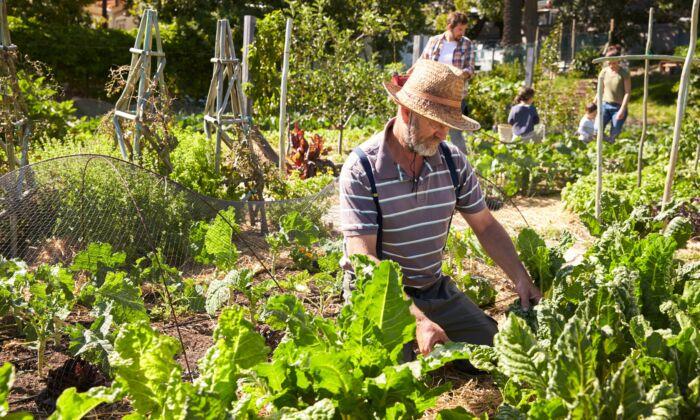You may have noticed the recent movement toward huge picture windows and fancy bifold doors being fitted into people’s homes. Maybe you’re one of those people. Maybe your neighbors are (and you secretly envy them). What’s fueling this desire to install gigantic plates of glass in our walls?
Simply put, it’s to bring the outside in. To bask in glorious sunlight and to invite nature, metaphorically speaking, into our homes. In this way, we allow ourselves to drink in the calming shades of blue and green and enjoy the colorful display provided for us by birds, insects, and seasonal blooms.
Not all people can afford such luxuries, however. Many are lucky to catch a glimpse of sunlight through a tiny window facing the wall of the neighboring building. Not a hint of green in sight, no trees swaying in the breeze. How can these people connect with the wonders of the natural world on a regular basis?
There’s something, perhaps in our primitive psyche, that needs to have contact with natural materials. So, too, is it in our nature to be creative, to invent. The feel of wood or stone, either rough and raw-edged or honed to a silky-smooth finish, is a thing of beauty. Hand-thrown pottery bearing irregular glazes and sparkling minerals is another—their organic and often imperfect qualities are exactly what make them beautiful. Indeed, the Japanese concept of wabi-sabi is the art of finding beauty in imperfection. Maybe imperfect is the new perfect?
So how do we harness this inner creativity and bring nature into our homes? One solution is to craft.

Flowers
Think of that feeling you have when a bunch of flowers bought on a whim immediately brings a touch of joy into your home. Flower arranging is one craft that can feed your creative side and bring nature indoors. The size, shape, height, and color of the flowers and foliage have to be carefully considered and arranged in a way that complements each sprig (I have to say—in this, my mum has natural panache!).If this seems all too much, go Japanese! The art of ikebana uses minimal plant material for maximum effect. A beautifully balanced branch bearing well-placed blossoms would be seen almost as a piece of fine art.
Pressing leaves and flowers between sheets of tissue and a few heavy books is a simple, yet effective method of preserving them before arranging them into attractive designs. Seedpods and leaves whose tissue has decayed, leaving just the veins, are also beautiful things. Plants such as honesty, whose pods are like wafer-thin disks of mother-of-pearl, can be framed along with pressed and dried flowers and leaves.

Bits and Bobs
Dried flowers, attractive stones, and other materials can also be wrapped in crafting wire and fashioned into jewelry. Alternatively, they can be set into epoxy resin and polished.Responsibly-sourced shells can also be used for jewelry or can be arranged and glued into decorative patterns to cover plain wooden or cardboard keepsake boxes. A particular favorite of mine is to take a wooden tray or shallow box, divide it into small compartments, then fill each one with different seeds, beans, or pulses. This can then be topped with plexiglass and made into a display box or hung on the wall as a colorful and unique exhibition of natural materials.

Wood
If you have the tools, you can craft household utensils and hardware. If you’re lucky enough to have machinery, you could even go big and make furniture. A current project of mine is the construction of a hatstand using a felled young tree (it had to be felled; I didn’t order its demise!) and a log for a base. Short sections of tree branches can be carefully cut to provide you with numerous handy items—coat hooks, drink coasters, light fittings, or simply as decorative pieces.If you’re feeling particularly adventurous and can access slices of a tree trunk, you could, after allowing the wood to season, sand down the surface and attach legs (homemade on a lathe if you have one) and make yourself a little stool or side-table. If you can make a piece of functioning furniture and still have your full complement of fingers at the end of it, you’re a winner!
If that all seems a little too daunting and exact, why not try sculpture? Driftwood is perfect for this: Its gnarled and irregular shapes allow the creative juices to flow. The same could be said of stone, with all of its textures, colors, and shapes. If you’re very careful and have the right drill bit, holes can be made, transforming your humble pebble into a candle holder. They may need embellishment, or they may need none at all. The most important thing is that you find them to be beautiful.
Get creative. Arm yourselves with natural materials, a hot-glue gun, the tools of your choice, and some imagination. People are often afraid to have a go, thinking that they aren’t good enough. What’s “good,” though? If it makes you happy, is responsibly sourced, and connects your living space with the natural world, go for it. It might just change your life.




